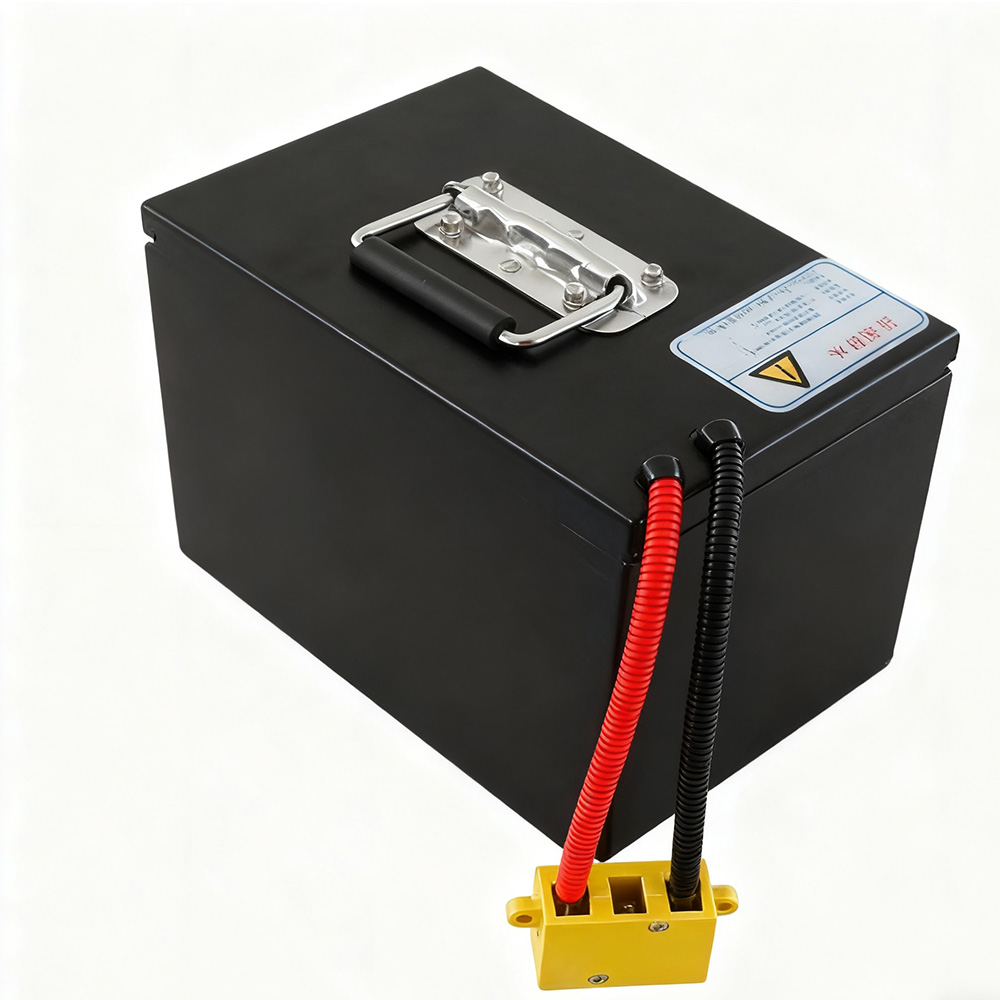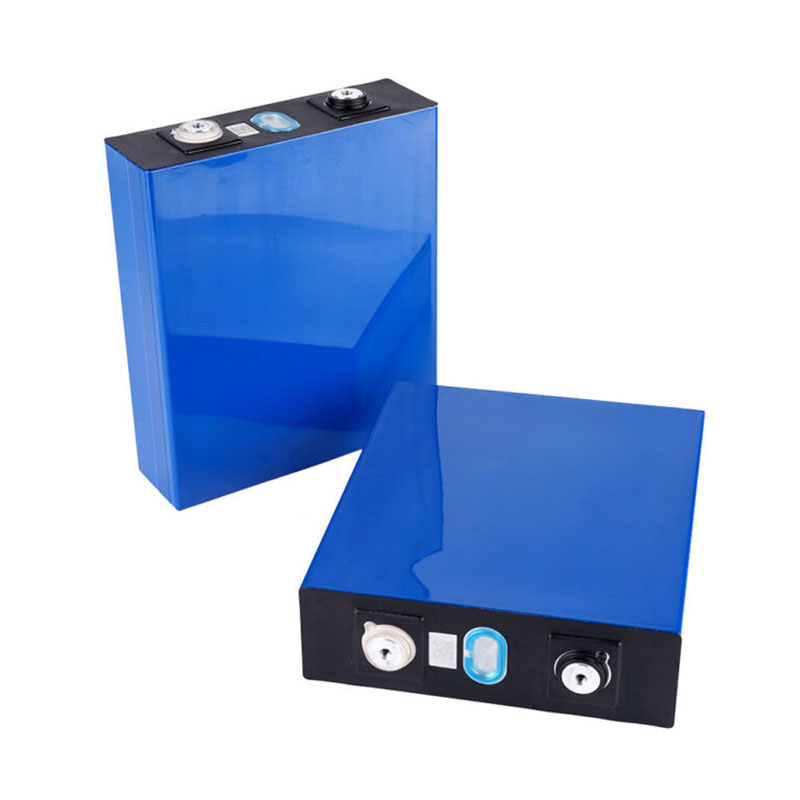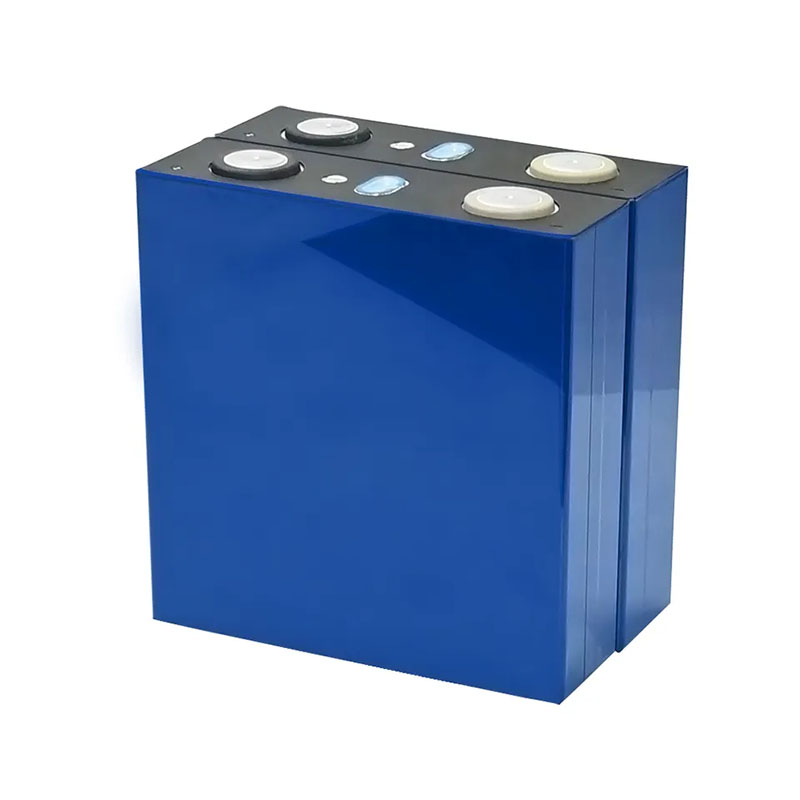Blog
Explore the Power of Lithium Innovation
Stay updated with the latest trends, technologies, and application insights in the world of lithium battery solutions
Search the whole station
Explore the Power of Lithium Innovation
Stay updated with the latest trends, technologies, and application insights in the world of lithium battery solutions
The lithium iron phosphate (LiFePO4) battery, also called the LiFePO4 lithium-ion battery, uses LiFePO4 as the positive electrode material and graphite as the negative electrode material. It has a single-cell rated voltage of 3.2V, with a charging cut-off voltage between 3.6V and 3.65V.
Among lithium batteries, LiFePO4 batteries are highly safe, environmentally friendly, long-lasting, and capable of high discharge rates, making them ideal for a wide range of applications.
Lithium Iron Phosphate (LiFePO4) serves as the positive electrode. Iron ions (Fe³⁺) are fixed within the crystal lattice. During charging, lithium ions (Li⁺) are extracted from the positive electrode and embedded into the negative electrode. During discharging, lithium ions return to the LiFePO4 structure.
Graphite is used as the negative electrode. Its structure can store and release lithium ions. During charging, lithium ions move from the positive electrode to the negative electrode through the electrolyte, embedding into the graphite. During discharging, the lithium ions leave the graphite and return to the positive electrode.
The electrolyte, usually an organic solution or polymer film, allows lithium ions to move between electrodes during charge and discharge.
The separator prevents direct contact between positive and negative electrodes, avoiding short circuits.
In detail, during charging, Li⁺ migrates from the (010) surface of LiFePO4 crystals, passes into the electrolyte under an electric field, traverses the separator, reaches graphene on the negative electrode, and embeds into the lattice. Electrons flow through the conductive materials to balance the charge.
During discharging, Li⁺ de-intercalates from graphite, travels through the separator to LiFePO4, while electrons move through the external circuit to the positive electrode.
LiFePO4 batteries are well-suited for large-scale energy storage, including:
These batteries show promising prospects due to their safety, long lifespan, and environmental benefits, making them a leading choice for modern energy storage solutions.

48V LiFePO4 Battery with 46.5Ah–100Ah options. Up to 2000 cycles, wide temperature range (-20°C~60°C), IoT GPS smart features, and 3-year warranty. Perfect for e-bikes, electric vehicles, and home energy storage.

wholesale 3.2V 280Ah LiFePO4 lithium iron phosphate battery cells by Apsen Technology. Durable prismatic design with explosion-proof valve, ideal for EVs, solar storage, and industrial applications.

Buy wholesale 3.2V 80Ah LiFePO4 lithium iron phosphate battery cells by Apsen Technology. Safe, long-lasting prismatic cells ideal for electric vehicles, renewable energy storage, backup power, and industrial equipment.

wholesale 3.2V 160Ah LiFePO4 battery cells by Apsen Technology. Durable, safe, and long-lasting lithium iron phosphate cells with low internal resistance, ideal for electric vehicles, solar energy storage, and home backup power systems.
Explore the advantages and applications of LiFePO4 (lithium iron phosphate) batteries for solar systems, RVs, golf carts, electric motorcycles, and water sports. Safe, durable, and efficient energy storage solutions.
View detailsLearn about the main types of UAV batteries — from LiPo and Li-ion to LiFePO4. Understand how each impacts flight time, endurance, and safety in real drone applications.
View detailsDiscover the advantages of 12V lithium-ion deep-cycle batteries over traditional lead-acid batteries, including higher energy density, longer cycle life, fast charging, and lightweight design.
View detailsExplore how long-endurance batteries improve agricultural drone performance, boosting efficiency, precision, and data integrity. Discover custom lithium solutions for extended flight times.
View details
HelloPlease log in